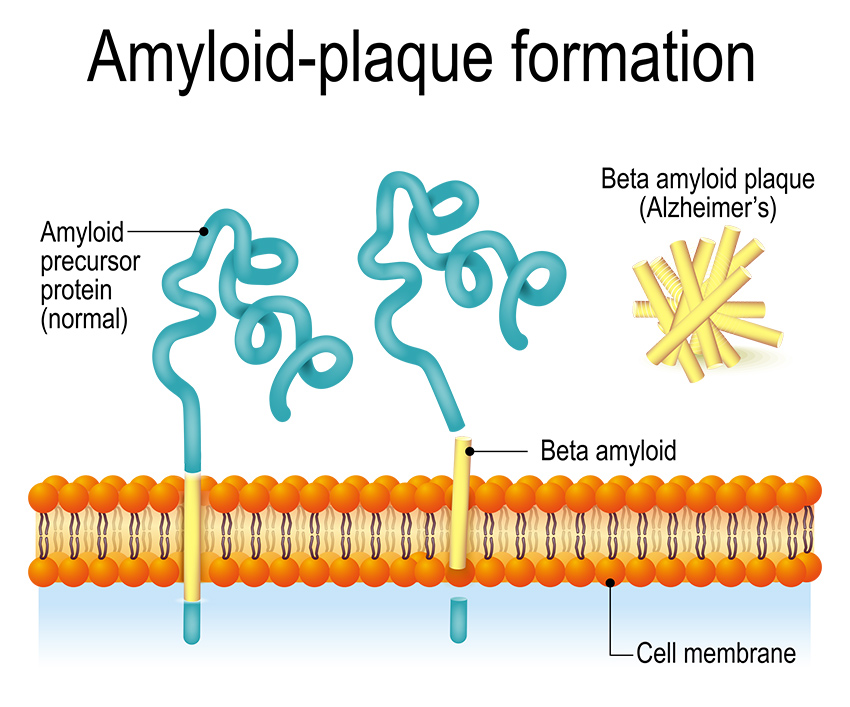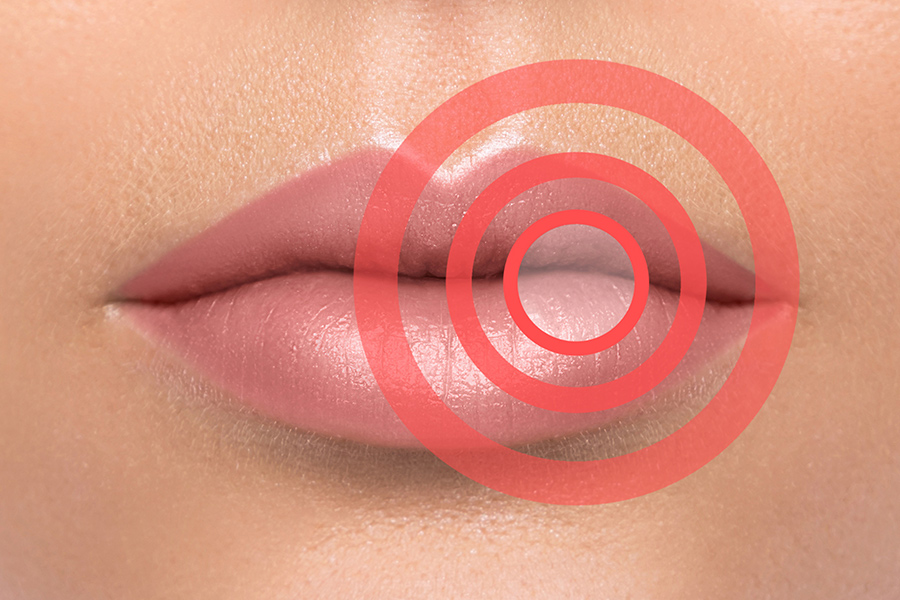
Alzheimer’s Disease is one of the most devastating and yet least understood illnesses of the modern era. It is responsible for an overwhelming majority of dementia cases and afflicts nearly 30 million people around the world. In 2015 alone, Alzheimer's Disease was responsible for almost 2 million deaths. Despite heightened attention to the condition, including concerted efforts to raise awareness and fund research on the disease, scientists still don’t have a firm grasp on the exact causes, triggers, or biological mechanisms driving the disease.
"Our oral cavities aren’t isolated from the rest of our bodies. Bone, muscle, sinew, lymphatic conduits, and especially blood vessels, connect our mouths to every part of our body, including other organs."
DR. KAMRAN HAGHIGHAT, B.D.S., M.S., P.C.
Diplomate, American Board of Periodontology
Diplomate, American Board of Oral Implantology
What is Alzheimer's Disease?
What we now call Alzheimer's Disease has always afflicted the human species. Even from ancient times, philosophers and historians recorded what they saw as age-related dementia. It wasn’t until the 20th century that doctors developed a proper medical nomenclature to categorize and describe the disease. Initially, doctors only used Alzheimer’s Disease to describe dementia in those younger than 65. We know today, however, that the clinical and pathological manifestations of Alzheimer's Disease are the same no matter the age.
Alzheimer's Disease is characterized by a gradually worsening degeneration of the neural tissues in the brain. The death of neurons and the severing of synaptic connections, particularly in the cerebral cortex subcortical region, results in progressive atrophy affecting nearly every part of the brain. The Alzheimer's-affected brain shrinks over time.
Interestingly, scientists studying the disease have observed the development of dense amyloid plaques in the brains of patients. Much like the plaque that might be found on your teeth, plaque on the brain may also play an essential role in the progression of diseases. Also known as senile plaques, these deposits on the brain are indicative of Alzheimer’s Disease. Unlike dental plaque, however, the beta-amyloid plaques found in the brains of Alzheimer's patients can’t simply be scrubbed away with a brain brush and brain paste.
Nonetheless, scientists have uncovered some interesting information connecting the brain and the mouth. Recent research seems to directly implicate the same bacteria responsible for progressive periodontal disease may also be responsible for progressive neurodegenerative disease.
The Brain-Mouth Connection
Ground-breaking work published in Nature, a premier peer-reviewed scientific journal, implicates the common oral bacteria P. gingivalis in the development and progression of Alzheimer’s Disease.
Before we jump the gun, it is important to note that what researchers have discovered are promising but preliminary findings. The scientists who made the discovery are hopeful that their work, along with the work of others, will lay the foundation for a drug that may one day inhibit the progression of, but not necessarily cure, Alzheimer's Disease.
According to the study in Nature, and others like it, there is strong contextual evidence linking Porphyromonas gingivalis to Alzheimer’s Disease. More specifically, P. gingvalis produces an enzyme that causes citrullination, which has been implicated as a potential cause of Alzheimer’s Disease.
Another study found toxic proteases characteristic of bacteria such as P. gingivalis directly inside the brains of Alzheimer patients. Furthermore, laboratory mice that had an oral P. gingivalis infection rapidly experienced bacterial colonization of their brains as well as elevated levels of the precursors to amyloid plaques. There appears to be quite a bit of evidence either directly or indirectly implicating P. gingivalis as a potential driver of Alzheimer’s.

Of course, P. gingivalis is no stranger to dentists, periodontists, and other dental health professionals. It’s no coincidence that the bacterial strain’s name sounds a lot like “gingivitis.” P. gingivalis is one of the so-called “keystone pathogens.” What this means is that P. gingivalis plays an outsized and crucial role in the development of certain inflammatory diseases. They either trigger or help to create a condition in which inflammatory disease is possible or accelerated.

About oral health, P. gingivalis is a keystone pathogen for periodontal disease. Unlike oral diseases generated by an uncontrolled proliferation of bacteria, P. gingivalis can trigger periodontal inflammation even in small numbers. As we know with periodontal disease, a chronic inflammatory response weakens the gums and periodontal ligaments, thereby leading to a progressively worsening condition. Part of what explains this bacteria’s outsized role in driving periodontal disease is it’s unique ability to attack and infect gingival tissues directly.
What periodontists are finding more and more is that infections and diseases of the mouth don’t just start and end in the mouth. Our oral cavities aren’t isolated from the rest of our bodies. Bone, muscle, sinew, lymphatic conduits, and especially blood vessels, connect our mouths to every part of our body, including other organs. We already know, for example, that endocarditis is caused by bacteria that originate in the mouth and are spread to the heart via the cardiovascular system. What scientists are starting to see now is many systemic diseases, from rheumatoid arthritis to Alzheimer’s Disease may also have roots in the mouth.
Eliminate Plaque on Your Teeth to Prevent Plaque on Your Brain
If you needed another great reason to maintain good oral hygiene here, it is: brushing your teeth could very well reduce your risk of developing Alzheimer’s Disease. Researchers involved in the study noted that P. gingivalis itself is dependent on the presence of other oral bacteria, such as Tannerella forsythia to realize it’s full pathogenic potential. P. gingivalis is known to “hitch a ride” atop other plaque-forming bacteria in its efforts to colonize the mouth.
From a periodontists perspective, any connections found between dental plaque and the development of Alzheimer’s Disease only underscores the need for meticulous dental hygiene. The less oral bacterial overgrowth, the less plaque, the less likelihood of P. gingivalis gaining a foothold in your mouth. The same thinking applies to oral infections such as dental caries (cavities) or periodontal disease. Like an infection found anywhere else in the body, if it is left untreated, it can spread. Whether it be an infection of the gums or infection inside your tooth, it is vital to treat those infections with professional dental care and prevent future infections through rigorous oral hygiene. Who knows what the future holds, but the evidence suggests that good oral hygiene might save your life down the road.













[…] serious oral health concern, periodontitis can affect more than just teeth. The importance of proper dental care […]